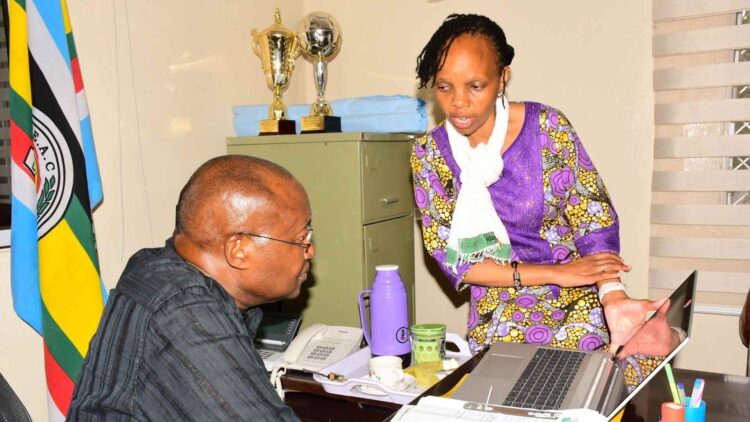MPs Raise Concerns Over TVET Exam Costs and KUCCPS Placement Fees.
The National Assembly Committee on Education has expressed concern over the financial strain placed on students in Technical and Vocational Education and Training (TVET) institutions due to high KUCCPS application and placement charges.
During an inspection of Ollessos National Polytechnic, lawmakers pledged to seek ways to reduce these costs and alleviate the burden on learners.
Students are required to pay Ksh1,500 when applying through the Kenya Universities and Colleges Central Placement Service (KUCCPS), followed by an additional Ksh1,500 for placement.
This brings the total to Ksh3,000, a figure many MPs deemed unaffordable for learners from low-income families. The amount does not account for additional costs related to registration and practical assessments under the Curriculum Development Assessment and Certification Council (CDACC).
CDACC Assessment Costs Under Scrutiny
Legislators highlighted that CDACC assessment fees posed another significant challenge for trainees across various institutions. They emphasized the need for government intervention to prevent students from missing out on essential exams.
The high cost of assessment registration and practical evaluations was said to be a widespread issue affecting learners’ ability to complete their training successfully.
“This placement cost is too high. Many of these students cannot afford it. If we want to promote access to technical education, we must address these barriers,” Nyamira County Women Representative Jerusha Momanyi stated.
The concern was echoed across different constituencies, with lawmakers pointing out that many polytechnics faced similar issues. They called for subsidies and financial support to make technical education more accessible and equitable
Wesley Yegon, the senior principal of Ollessos National Polytechnic, outlined that students benefited from government initiatives such as the new funding model and the JITUME digital literacy programme.
However, he cited delays in disbursement from the Higher Education Loans Board (HELB) as a hindrance. A recent surge in enrolment, which brought the number of trainees to over 11,000—the highest in the institution’s history—had also placed a heavy burden on limited resources, including classrooms, workshops, and trainer availability.
Read Also: Thousands of Students Locked Out of NEMIS
Embracing Dual Training Model Despite Challenges
Despite these obstacles, the committee commended the institution’s adoption of the dual TVET model in collaboration with GIZ. This model splits training time equally between industry and classroom settings, contributing to the rapid growth and practical skill development among learners.
The committee pledged to present the issue to the Ministry of Education, emphasizing the need for increased funding and policy adjustments. They acknowledged the institution’s efforts in training youth and reiterated that strategic support was necessary for sustaining and expanding such progress.
MPs Raise Concerns Over TVET Exam Costs and KUCCPS Placement Fees.
Follow Teachers Updates on Facebook, LinkedIn, X (Twitter), WhatsApp, Telegram, and Instagram. Get in touch with our editors at hello@teachersupdates.news.



Discussion about this post